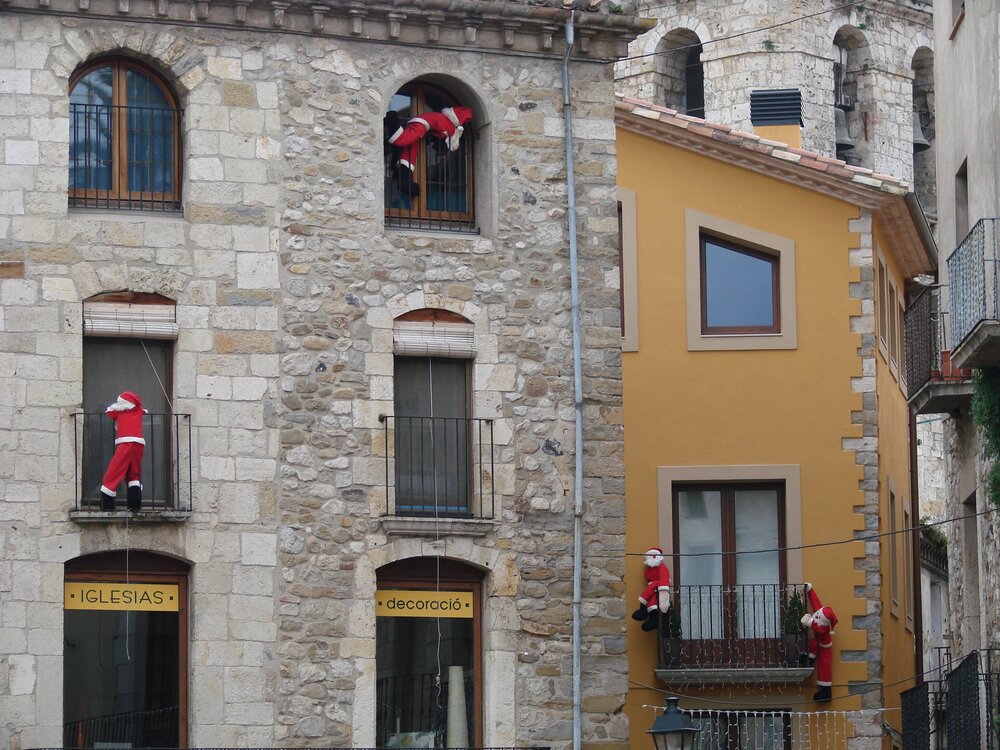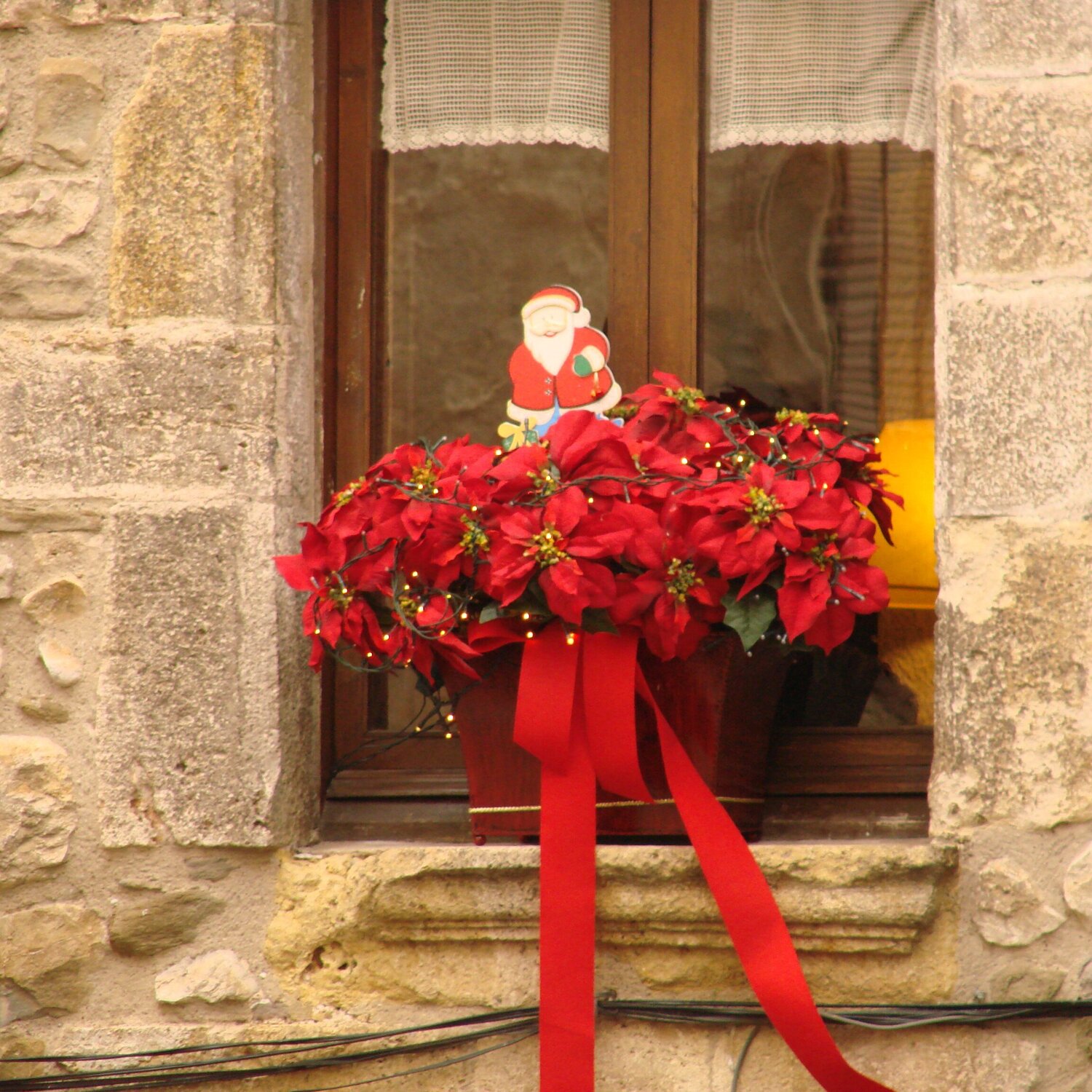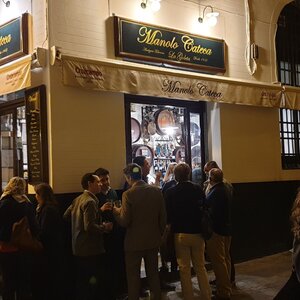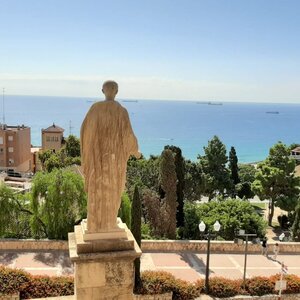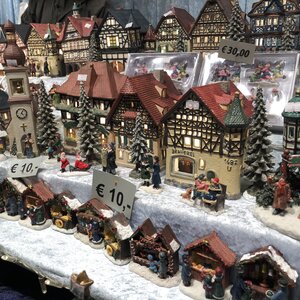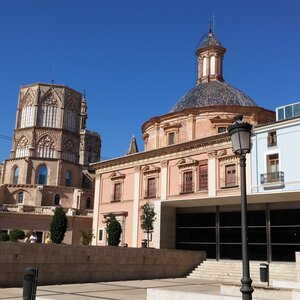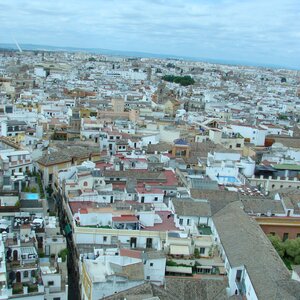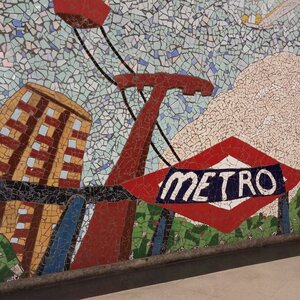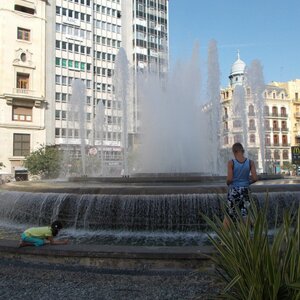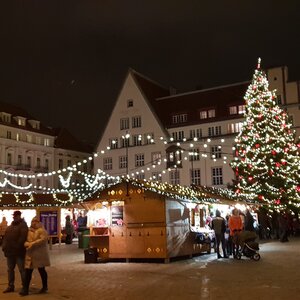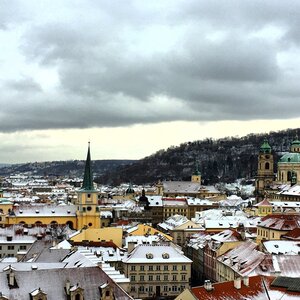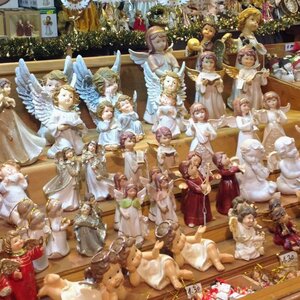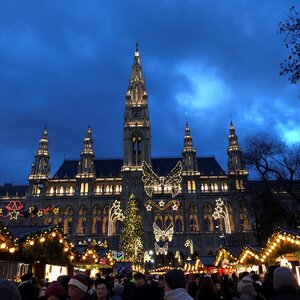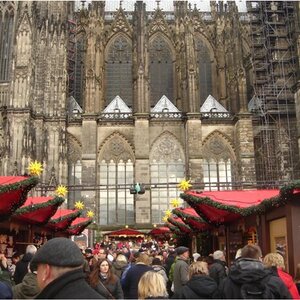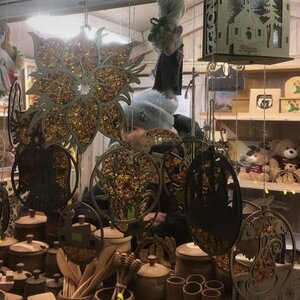Christmas in Catalonia is a family holiday celebrated at home on the night of December 24—25. And the next day — December 26 — St. Stephen’s Day is celebrated in a family circle.
New Year’s Eve is a less sacred holiday in Catalonia. According to tradition, Catalans prefer to eat 12 grapes to the beat of Spain’s main clock and make wishes outside the house. The indispensable attribute of the holiday is Catalan champagne — cava, which is drunk right on the street.
From the end of November to January 5, the central streets and stores of Barcelona are illuminated with Christmas lights, creating a festive mood for the city’s residents and numerous tourists.
I will tell you where to look for the spirit of Christmas and New Year, how the holidays go, what festive treats to try in the capital of Catalonia and what to do in December-January.
Christmas in other European cities: top 25 best Advent markets

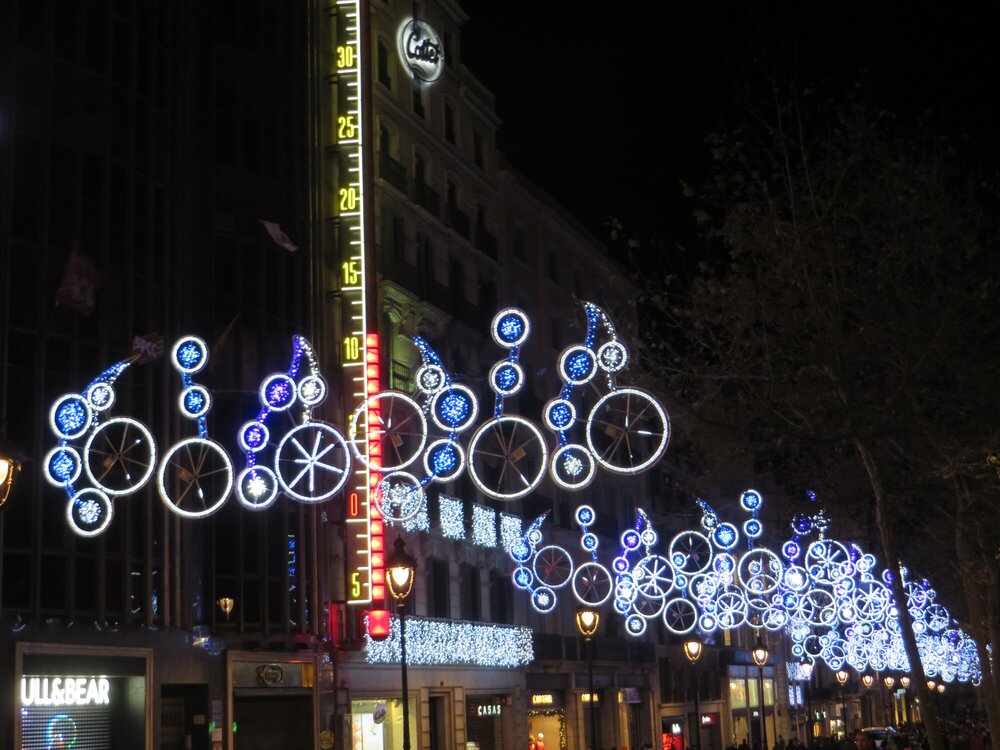
Barcelona Christmas Fairs
The first herald of approaching winter holidays is the opening of Christmas fairs. They start working from the end of November on the main squares and central streets of the city.
The fairs sell Christmas trees and home decorations, toys, handicrafts, traditional musical instruments, Christmas souvenirs and delicacies. Here you can buy a traditional Catalan character — the Christmas log (Tió Nadal) . It is a Catalan tradition to beat sweet gifts out of it.
The full list of fairs is published on the Barcelona City Hall website. I will tell you more about the four most popular Christmas markets.
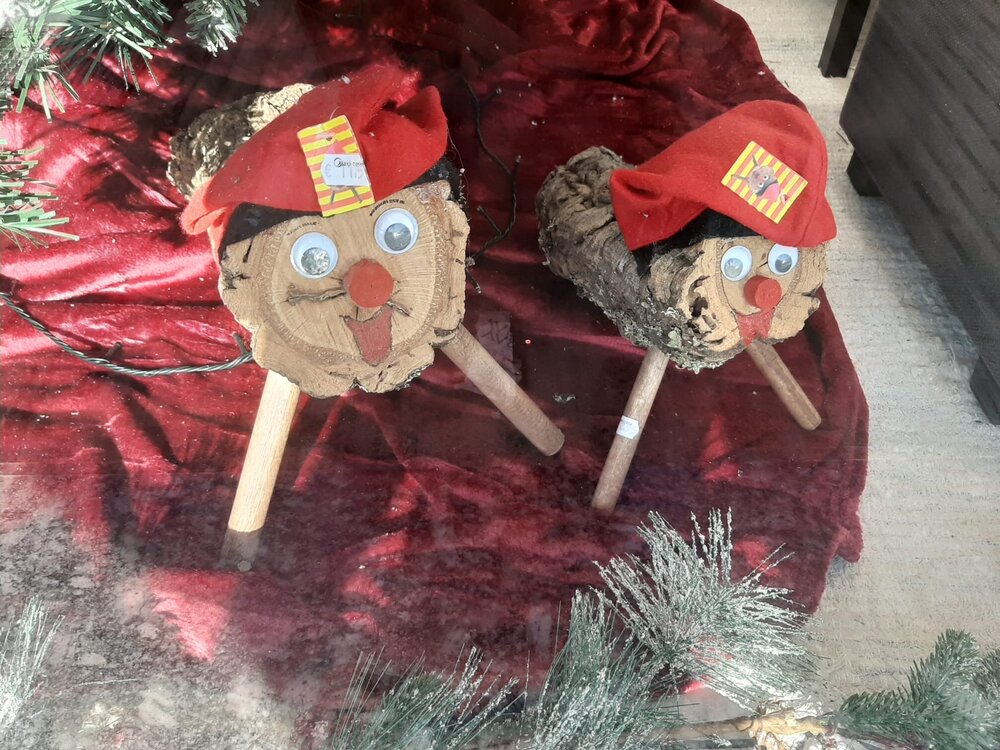
Santa Lucia Fair at Barcelona Cathedral (Fira de Santa Llúcia)
This largest and oldest fair in Barcelona has been taking place since 1786. Around 300 wooden huts are set up in the square in front of the Cathedral.
On December 13, there is the Feast of St. Lucia — celebrated with dancing, music and the traditional beating of the Christmas log — Tió Popular.
Children under 12 from Dec. 1 through Dec. 19 can get a sweet gift by knocking it out of a large log, the Tió Gigante.
- Mode of operation: from November 29 to December 23, weekdays from 11:00 to 20:30, weekends and holidays from 10:00 to 21:30.
- Santa Lucia Fair website.
Fair at the Sagrada Familia (Fira de Nadal de la Sagrada Familia)
The second most popular fair is located near Barcelona’s symbol, the Sagrada Familia. It has been held annually since 1960. Santa Claus will visit the fair on December 21 and 22, and children can have their pictures taken with him.
- Mode of operation: from November 29 to December 23, from 10:00 to 21:00.
Fair in Plaza Catalunya ('Fem Nadal' a la Plaça Catalunya)
Handicrafts, books, clothes and Christmas products can be bought in the center of Barcelona at Plaza Catalunya. This is a very colorful market: in addition to trade pavilions, a lot of entertainment is planned at this market every year — art installations and a multimedia show, live Christmas music.
- The mode of operation of the fair in 2019: c 20 to 30 December, except December 25 and 26.
- Mode of operation of entertainment: December 20 and 26 from 18:00 to 21:00, December 21—23 and 27—30 from 11:00 to 21:00, December 24 from 11:00 to 18:00, December 31 from 11:00 to 16:00.
Fira de Sant Tomàs i Reis a la Gran Via (Fira de Sant Tomàs i Reis a la Gran Via)
In 2019, Barcelona’s main street, Gran Via, will be home to 243 wooden houses, of which one in seven will be occupied by Catalan artisans.
- Hours of operation are December 19, 2019 — January 6, 2020 from 10:00 a.m. to 9:00 p.m., weekends from 10:00 a.m. to 10:00 p.m., January 5 from 10:00 a.m. to 3:00.
Where else to look for the spirit of Christmas and New Year’s Eve?
It’s not just the lack of snow that makes Spanish New Year and Christmas different from others. Here they love to decorate colorful Christmas creches, and the festive season ends with the coming of the Magi in early January — it is on this day that children receive presents in their socks. Let me tell you what to see in Barcelona besides the Christmas fairs.
Pessebre.
Pessebre is the art of creating nativity scenes, an important part of Christmas in Catalonia. The creation of models of Christ’s birth scenes is a particularly meticulous process. There is even an association of pessebristas in Barcelona with a 157-year history.
Pessebres can be seen from the end of November until the first days of January. They are made in squares and at temples. Admission is usually free.
A list of all the places where you can see Christmas pessebres on the Barcelona City Hall website.
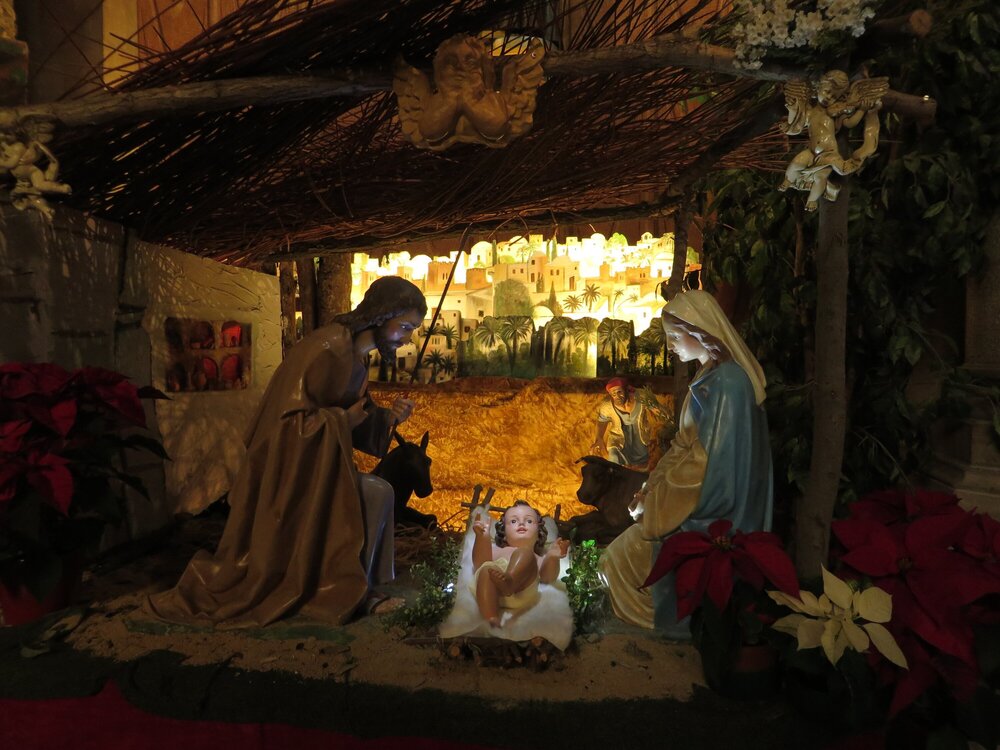
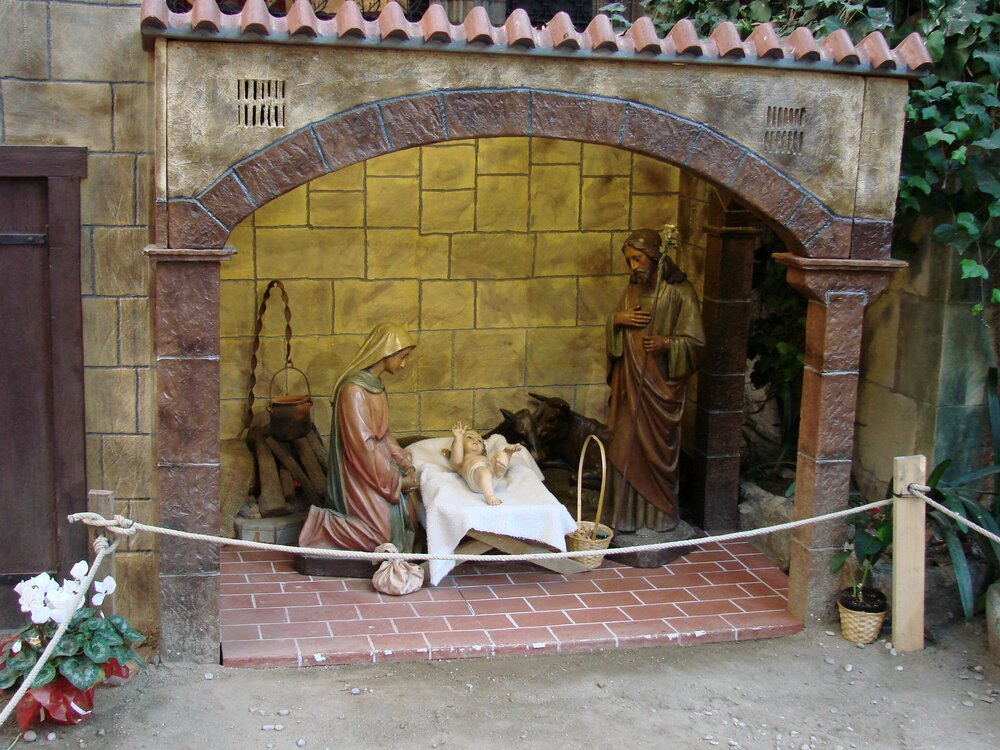
Christmas Magic Fountain Show (La Fuente Mágica de Montjuïc)
Barcelona’s Magic Fountain is a light and musical spectacle that is visited by more than 2.5 million tourists every year. And only in December, the fountain dances to Christmas music, such as the famous «Jingle Bells».
- Opening hours are Thursday, Friday and Saturday, with the light and music show starting at 8 p.m. and 8:30 p.m.
- Admission is free.
- A website where you can check the schedule.
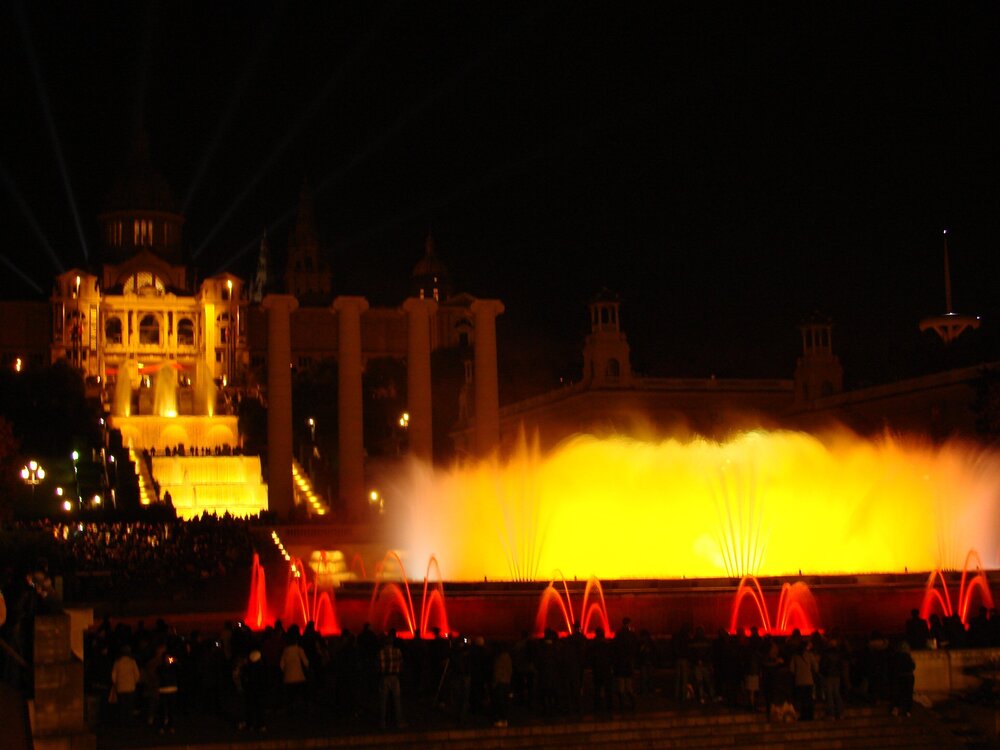
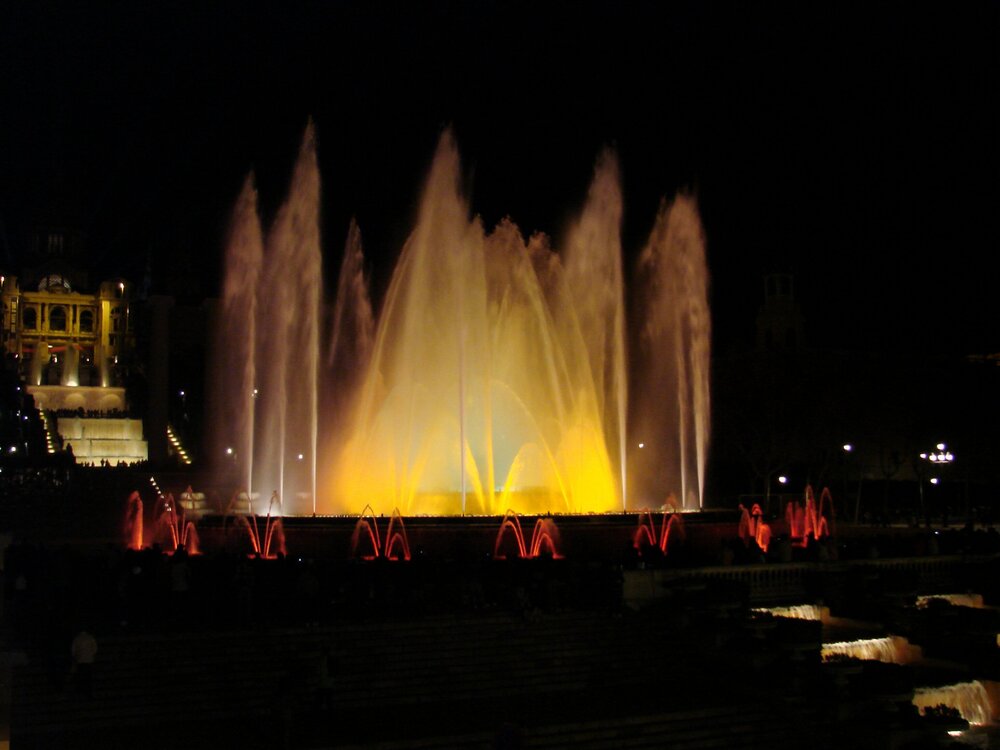
Christmas concert at the Palau de la Música Catalana (Catalan Music Palace)
The famous palace, built in Art Nouveau style in the early 20th century, hosts large Christmas and New Year’s concerts in December.
Ticket prices start from 30 €. The only concert palace in the world that is a UNESCO World Heritage Site has many visitors, so it is better to buy tickets for concerts in advance on the palace’s website.
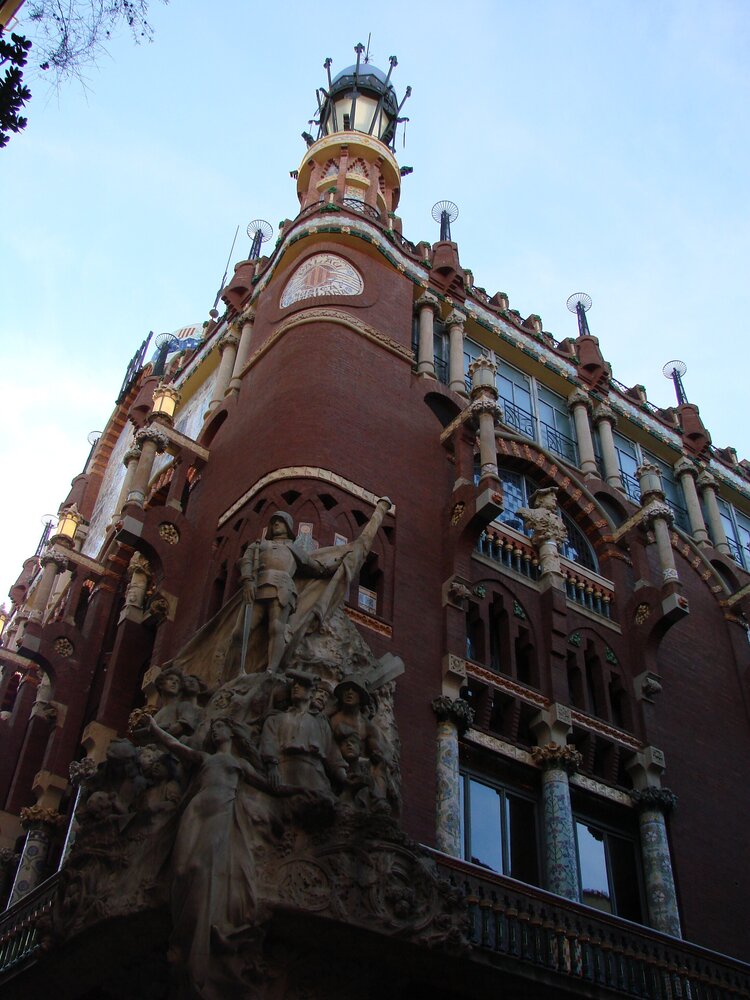
New Year’s Eve in Plaza España
The most popular place to celebrate the New Year in Barcelona is the square between the National Palace and Avenida Maria Cristina. It is broadcast live from Madrid’s central square, where the country’s main clock announces the start of the New Year. The square hosts a free half-hour festive show with fire, music, lights and fireworks.
- New Year’s Eve show times for 2019: Dec. 31 at 11:45 p.m.
Festive procession of the Eastern Magi (La Cabalgata de los Reyes Magos)
The Christmas period in Barcelona ends on the Day of the Magi, when a colorful theatrical procession takes place from the Barcelona Mole to the magic fountain. On the evening of January 5, three eastern kings arrive in Barcelona: Gaspar, Melchor and Balthasar. Accompanied by a retinue, fireworks and music, they go through the streets of the city, throwing sweets to the children. They reach the main creche, worship and bring gifts to the baby.
The night of January 5—6 is the most magical night of the year! On this night the Magi bring Christmas gifts to the children. Children leave clean slippers for them on the evening of January 5. The obedient children find presents in them in the morning, and the naughty ones — coal.
- The time of the 2020 holiday parade is January 5, from 6:00 pm to 9:00 pm.
- A site where you can see the Kings itinerary.
What to try for Christmas in Barcelona?
During the Christmas period in Barcelona, it is customary to cook traditional dishes:
- Escudella amb Carn d’Olla: A traditional Catalan dish from the 14th century. It is a clear soup on meat broth with large pasta in the form of shells. To make the meat broth, several kinds of meat are boiled for a long time. At Christmas, the dish is served with red wine or cava.
- Canelones. Traditionally, canelones were made from meat left over from Escudella. It was stuffed into thin dough tubes and baked with béchamel sauce. Canelones is a must-have Catalan dish on St. Stephen’s Day (December 26).
From mid-November until the end of the Christmas holidays, the shelves of stores and fairs are filled with traditional sweets:
- Turrón (Turrón). Spain’s most famous sweet made from almonds, which is of Arabic origin. The traditional types are: soft turrón made from young almonds, hard with lots of caramel and whole almonds, and chocolate.
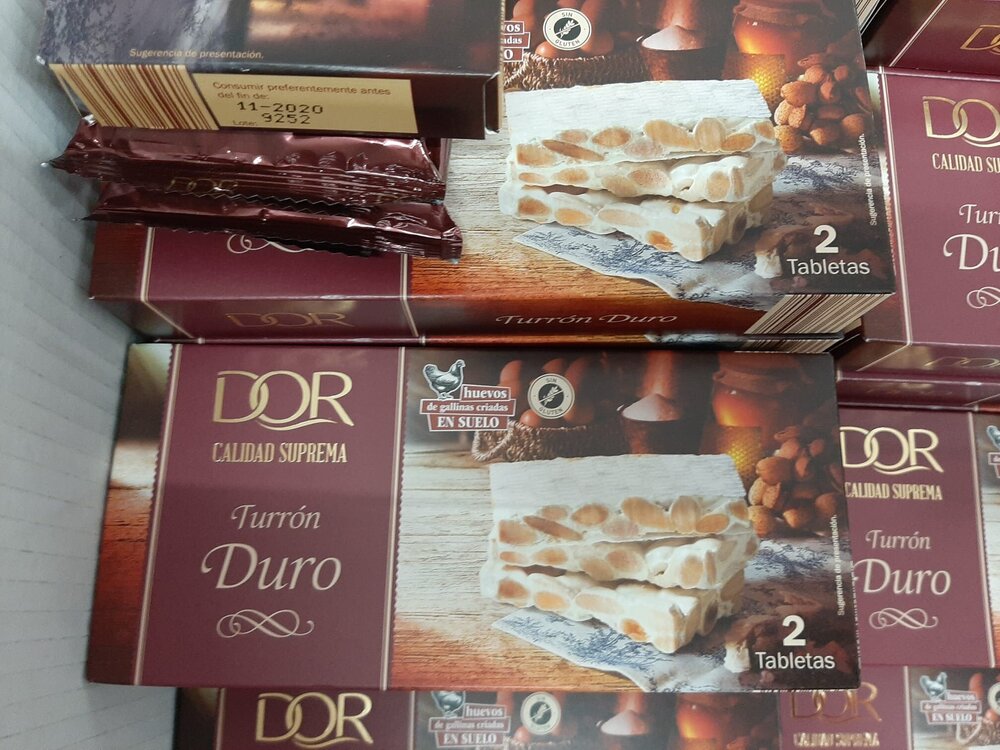
- Neules. Thin wafer tubes. They can be unbuttered or glazed with chocolate. Neules are often served with Catalan cream.
- Polvorones. It is a shortbread crumbly cookie. It is made of almond flour, butter and various spices such as cinnamon or vanilla.
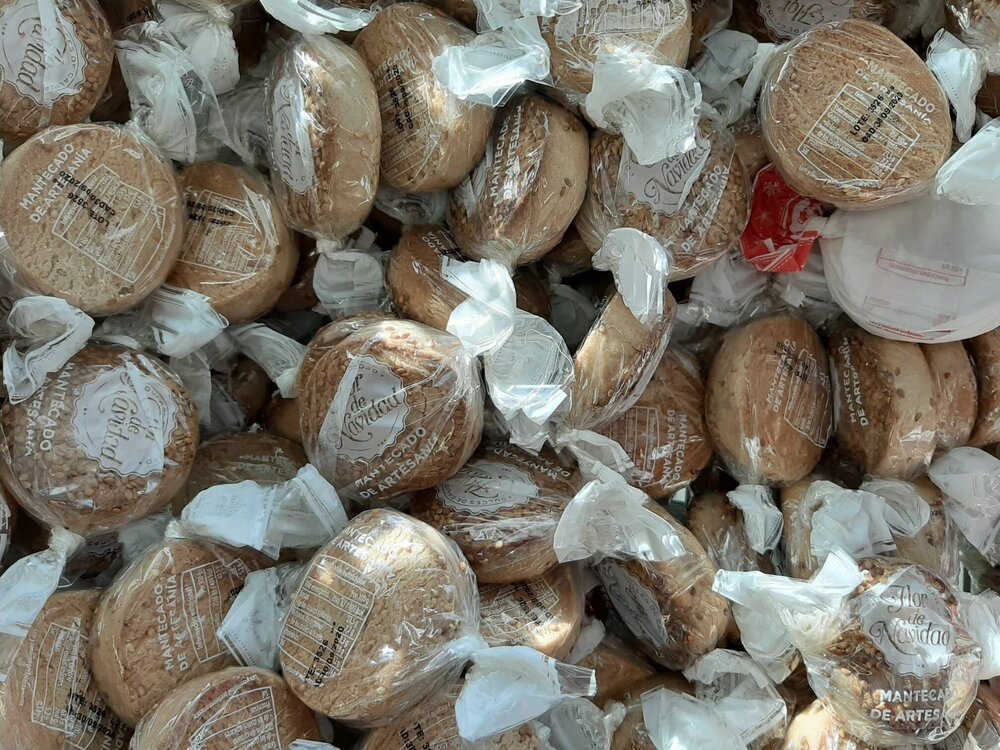
What you need to know about the Christmas period in Barcelona:
- In December, the average daytime temperature is +15°C, while at night it is +8°C.
- December 25 and 26, January 1 and 6 are holidays in Catalonia. All public places are closed, including places of interest, cafes and stores.
- From December 31 to January 1, the metro in Barcelona runs all night.
